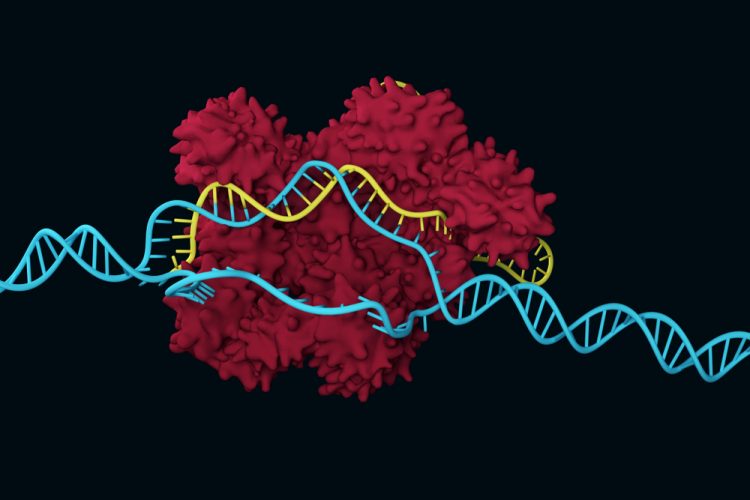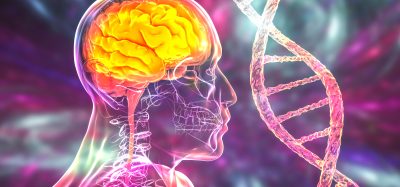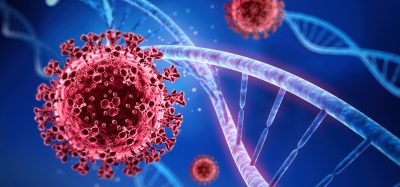Novel nanoparticles improve CRISPR gene editing
Posted: 15 July 2019 | Victoria Rees (Drug Target Review) | No comments yet
A study has used new synthetic lipids to deliver CRISPR gene editing tools into cells with up to 90 percent efficiency.


Researchers have developed an improved delivery mechanism for the CRISPR-Cas9 gene editing method in the liver. According to the developers, the new technique could help to overcome technical hurdles in gene editing for a broad range of clinical therapeutic applications.
The collaborative study was conducted by Tufts University, Massachusetts, and the Chinese Academy of Sciences, Beijing. The researchers used biodegradable synthetic lipid nanoparticles that carry molecular editing tools into the cell for precise gene altering, with up to 90 percent efficiency.
CRISPR-Cas9 can be difficult to deliver directly into the nucleus of the cell and other studies have used viruses, polymers and different types of nanoparticles to get them into the nucleus, but a low efficiency of transfer has limited their use and potency for clinical applications.
the nanoparticles are uniquely made from synthetic lipids comprising disulfide bonds in the fatty chain
The lipid nanoparticles the researchers used encapsulated messenger RNA (mRNA) encoding Cas9. The contents of the nanoparticles, including an engineered ‘single-guide’ RNA (sgRNA), were released into cells. The cells created Cas9 from the mRNA template, completing the gene editing kit.
The nanoparticles are uniquely made from synthetic lipids comprising disulfide bonds in the fatty chain. When the particles enter the cell, the environment within the cell breaks open the disulfide bond to disassemble the nanoparticles and the contents are quickly and efficiently released.
“We are just starting to see human clinical trials for CRISPR therapies,” said Qiaobing Xu, co-corresponding author of the study and associate professor of biomedical engineering at Tufts University. “There are many diseases that have long been intractable for which CRISPR therapies could offer new hope – for example sickle cell disease, Duchenne muscular dystrophy, Huntington’s disease and even many cancers. Our hope is that this advance will take us another step toward making CRISPR an effective and practical approach to treatment.”
The researchers applied the new method to mice, seeking to reduce the presence of a gene coding for PCSK9, the loss of which is associated with lower LDL cholesterol and reduced risk of cardiovascular disease.
“We can actually knock down PCSK9 expression in mice with 80 percent efficiency in the liver, suggesting a real promise for therapeutic applications,” said Ming Wang, co-corresponding author of the study and professor at the Chinese Academy of Sciences, Beijing National Laboratory for Molecular Science.
The study was published in Advanced Materials.
Related topics
CRISPR, Gene Therapy, Genome Editing, Genomics, Research & Development
Related conditions
Cardiovascular disease, Duchenne muscular dystrophy, Huntington's disease, sickle cell disease
Related organisations
Advanced Materials, Chinese Academy of Sciences, Tufts University
Related people
Ming Wang, Qiaobing Xu








